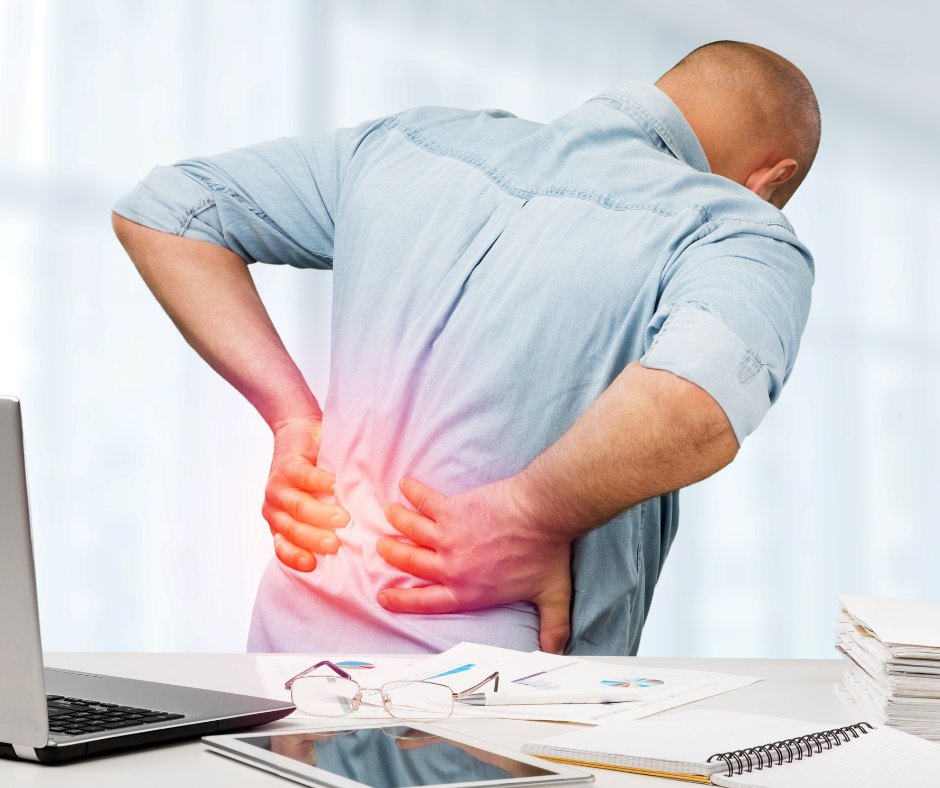The Complex Challenges of Fibromyalgia and CRPS can Lead to Headaches in Clinical Practice
As a therapist, you're getting better and better at managing your patients' complex pains, but sometimes you just don't know what to do to achieve your goals with your patient
SET's expertise in Functional Electrotherapy can help!
As this study by Adem Bilgili so aptly describes, a multidisciplinary approach is recommended, and that's what SET offers you. Chronic pain is a major adversary, and we need to unite for the patient!
Over the past 5 years, we've built a fibromyalgia guideline that's yielding excellent results. This year alone, our success rate is 90%. This means that out of 29 fibromyalgia patients, only 3 returned the TENS because they had not achieved their goals.
We are currently working on developing a guideline for CRPS and other more complex neurogenic pain, with the aim of increasing the success rate with this complex clientele and ultimately helping you to improve your results with your more complex cases. We are currently piloting the project with various health professionals and organizations, and our representatives will soon be available to talk to you about it.
Here's our recipe for establishing an optimal guideline for complex pain to help you achieve results with your more complex cases.
First, we analyze the scientific literature. We take a position and generate a concrete action plan that will enable us to develop our guideline.
We use a multidisciplinary approach to maximize success. Once our guideline is solid, our team of representatives will bring you up to speed, and together we can begin to improve the lives of your patients.
If you're dealing with more complex cases of pain, don't hesitate to talk to your representative. That's how, together, we can overcome the limitations of the past.
You can download the study by clicking the button below.
At SET, our priority is to accompany you as an adjunct to your treatment plans, focusing on close collaboration to maximize the effectiveness of home treatment. We understand the importance of clear and precise communication to identify and meet the specific needs of each patient.
Thanks to our referral tool, we facilitate the establishment of a care plan tailored to your therapeutic objectives, thereby strengthening rehabilitation outcomes for the benefit of your patients.
To explore how our expertise in functional electrotherapy can enrich your practice and improve your patients' outcomes, we invite you to contact one of our experts.
Together, let's move towards a complete approach from the clinic to your patients' homes for optimal results.








(450) 508.4183
1.800.761.1183
Nos appareils
©Tous droits réservés SET - Service d'Électro Thérapie - Soulagement de la douleur et réhabilitation musculaire par l'électrothérapie

